Your 2025 Guide to Milford Sound: Cruises, Walks, Wildlife & When to Go
Milford Sound is a must-see at least once in your lifetime. Walls of rock rising straight out of the water, waterfalls firing from every direction—there's no wonder people call it the eighth wonder of the world. The trick to doing Milford right in 2025? Timing, transport, the right cruise style and knowing a few details you won’t find in the average guide.
This is Urban List's go-to breakdown of how to get there, how to explore, and what to expect in every season—plus the little insider truths we wish we knew before we went.
Jump to:
- How to Get to Milford Sound (And How Long It Takes)
- The Best Ways to Explore Milford Sound
- When to Visit & What to Expect Each Season
How to Get to Milford Sound (And How Long It Takes)
Most visitors travel to Milford Sound from Queenstown or Te Anau. The distance between the two is significant, so work backward from how early you’re willing to start.
From Queenstown
Roughly 4 Hours

Image credit: Josh Knight Visuals | Instagram
This is a four-hour drive each way, not including stops. The scenery is impressive, but the final section of Milford Road includes single-lane tunnels, narrow shoulders and alpine corners, so it’s slow going. In summer, leaving before 7am helps beat both coach traffic and pressure on parking later.
From Te Anau
Roughly 2 Hours
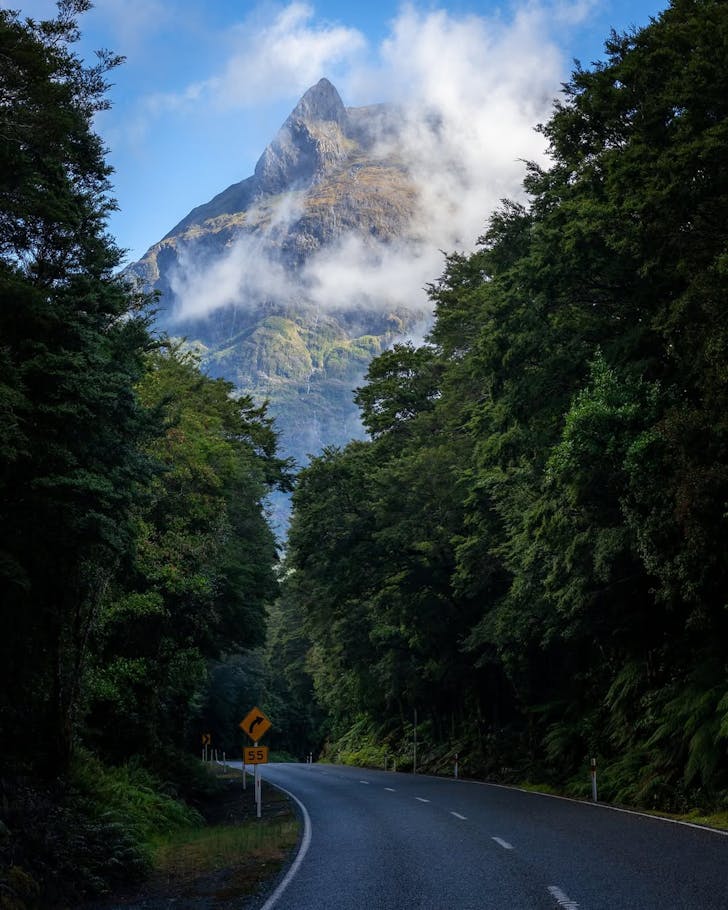
Image credit: Wilderness Addict | Instagram
If you prefer a shorter morning, Te Anau is the better base. The drive is around 1 hour 45 minutes, with easy pull-offs for short walks, reflective lakes and viewpoints along the way.
Self-Drive Or Coach?

Image credit: Glenorchy Air | Instagram
Driving gives you the freedom to stop where you like, but there’s no reception after Te Anau, the weather can move in quickly, and parking fills early in peak months.
Coach tours remove all the logistics and suit anyone who doesn’t want to drive long distances on alpine roads—and you can often book combined coach and cruise deals.
Insider intel
- Download offline maps—your phone won’t work for most of the drive.
- Kea are common at carparks and will pull at backpacks, wipers and anything that isn’t nailed down.
- Build extra time for photos and quick walks along Milford Road.
- Always check ahead for road closures—wet weather can alter the conditions.
The Best Ways to Explore Milford Sound
There are several ways to experience the fiord, and each offers something different depending on time, budget and weather.
Classic Cruises
Straightforward and suitable for all travellers
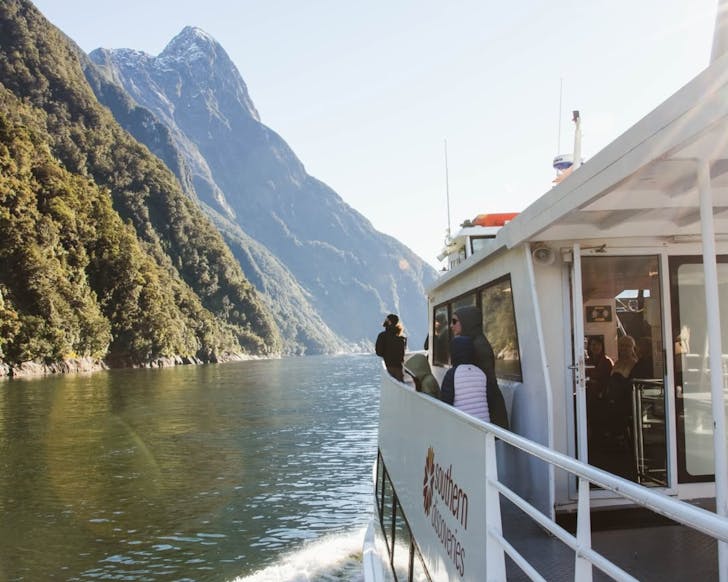
Image credit: Glenorchy Air | Instagram
These are the larger vessels that run throughout the day. They cover the length of the fiord, pass Mitre Peak, and get close to Stirling Falls, which drops 151 metres from a hanging valley. Good choice for a first visit.
Nature & Boutique Cruises
Better for wildlife and photography
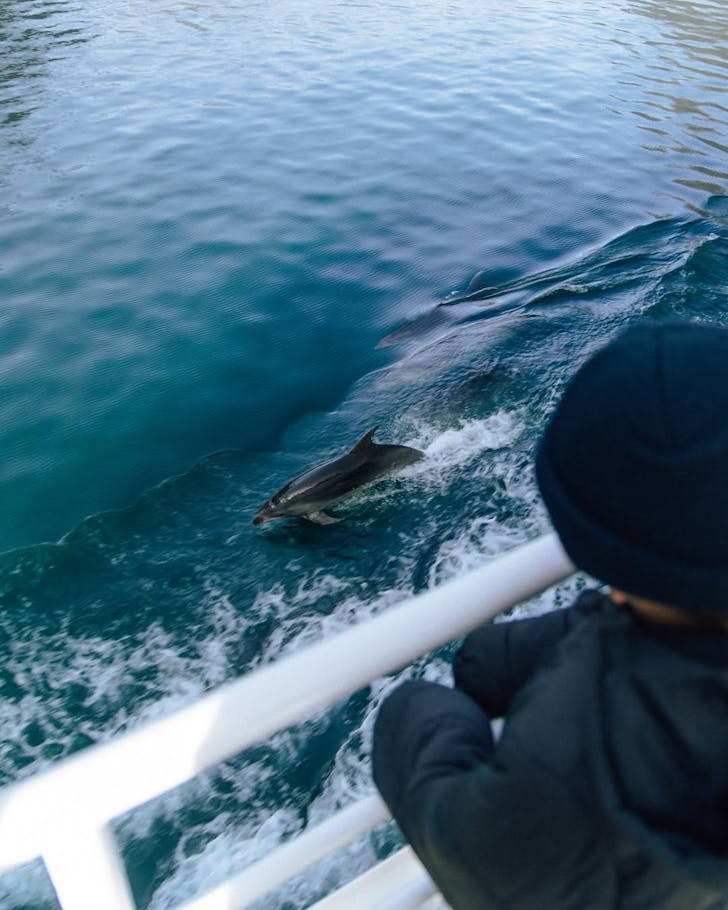
Image credit: Joshua C Drew | Instagram
Smaller boats mean fewer passengers and slower pacing. They often spend more time near wildlife hotspots, which increases your chances of seeing dolphins, seals and, in season, the Fiordland crested penguin.
Kayaking
Best for close-up views and quieter moments
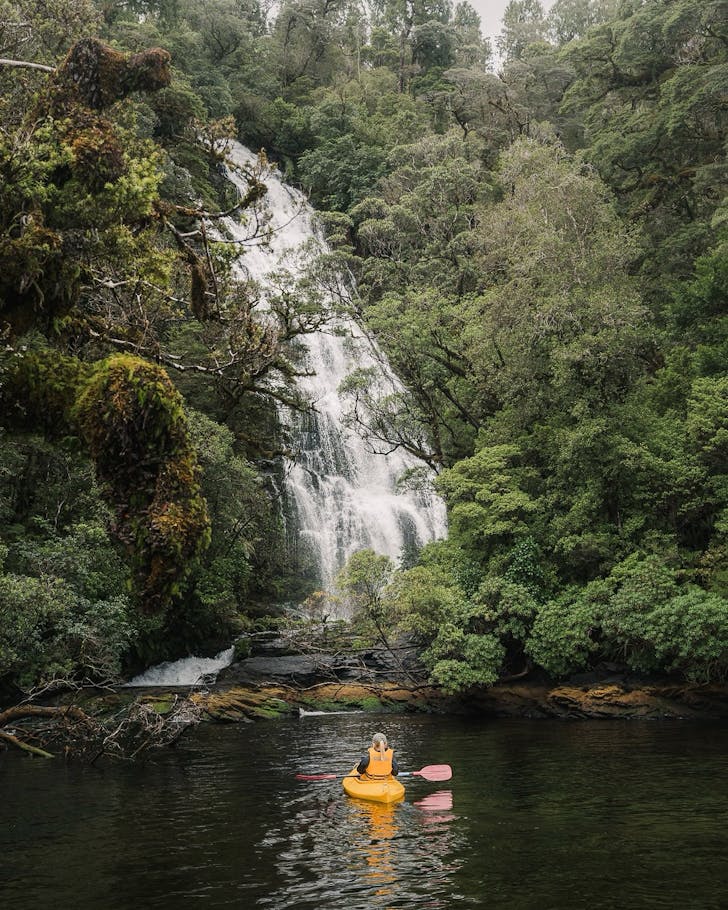
Image credit: Real NZ | Instagram
Kayaking offers the closest interaction with the landscape. Morning departures are usually the calmest, and rainy days create temporary waterfalls across the cliffs. Guided tours only — the conditions can turn quickly.
Short Walks
Best for families and those on a time crunch
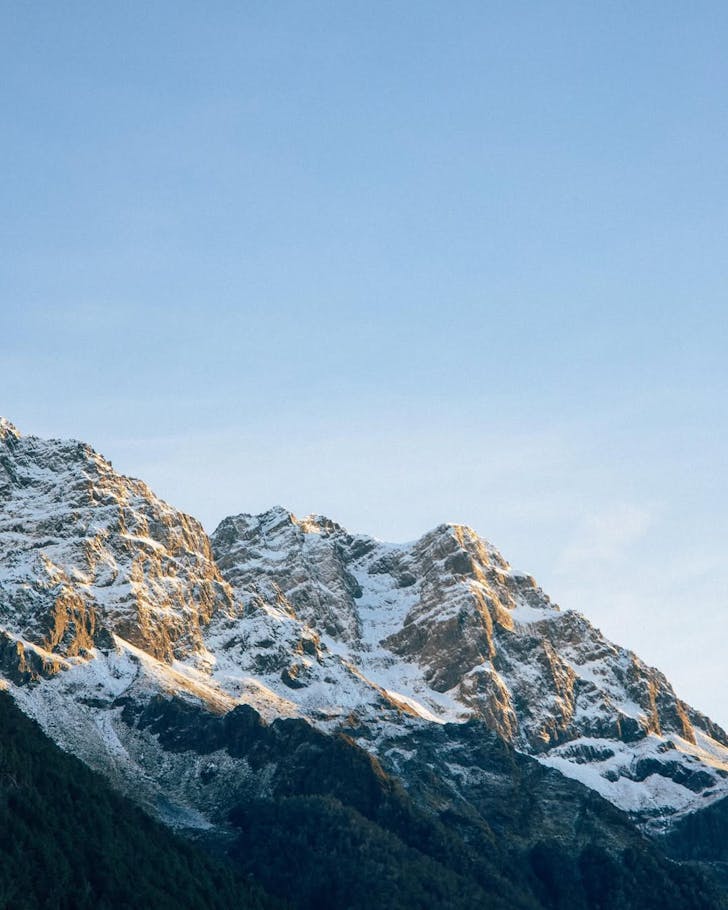
Image credit: Joshua C Drew | Instagram
For something quick, the Milford Foreshore Walk and Lookout Track give easy views of the fiord. If you’re coming from Te Anau, the Key Summit Track off the Milford Road is a rewarding half-day option with alpine tarns and wide views.
Scenic Flights
Saves time and maximises scenery
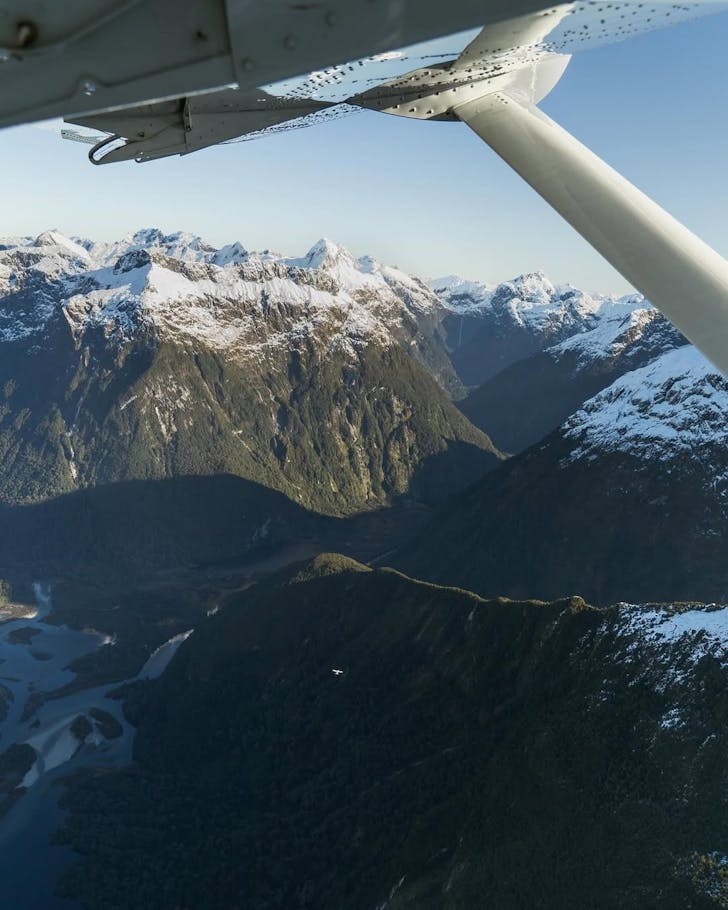
Image credit: Milford Sound Scenic Flights | Instagram
Flights depart from Queenstown, Te Anau or Milford Sound Airport. They show the full scale of the fiord system, glacier basins and ridgelines, and can be paired with a cruise.
Insider Intel
- Pack a decent lunch—most boats will have food available, but it's limited.
- Milford receives 6–7 metres of rain each year, so rainy days are normal—and usually better for waterfalls.
- Sandflies are persistent around the docks. Bring repellent.
When to Visit & What to Expect Each Season
Milford Sound is stunning year-round, but the experience will shift depending on weather, crowds and daylight.
Summer
December–February
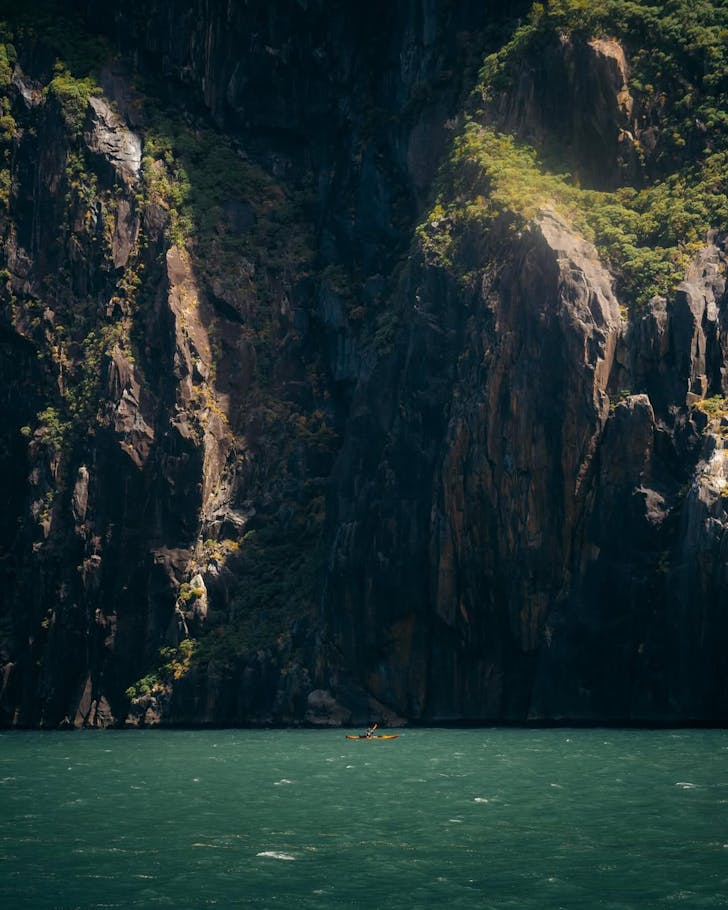 Image credit: Josh Knight Visuals | Instagram
Image credit: Josh Knight Visuals | Instagram
The warmest and busiest period. Expect long daylight hours, high demand for parking and full cruises. Afternoon showers often activate dozens of small waterfalls.
Mini Itinerary:
- Early Queenstown departure → mid-morning cruise → slow return with viewpoint stops.
Autumn
March–May
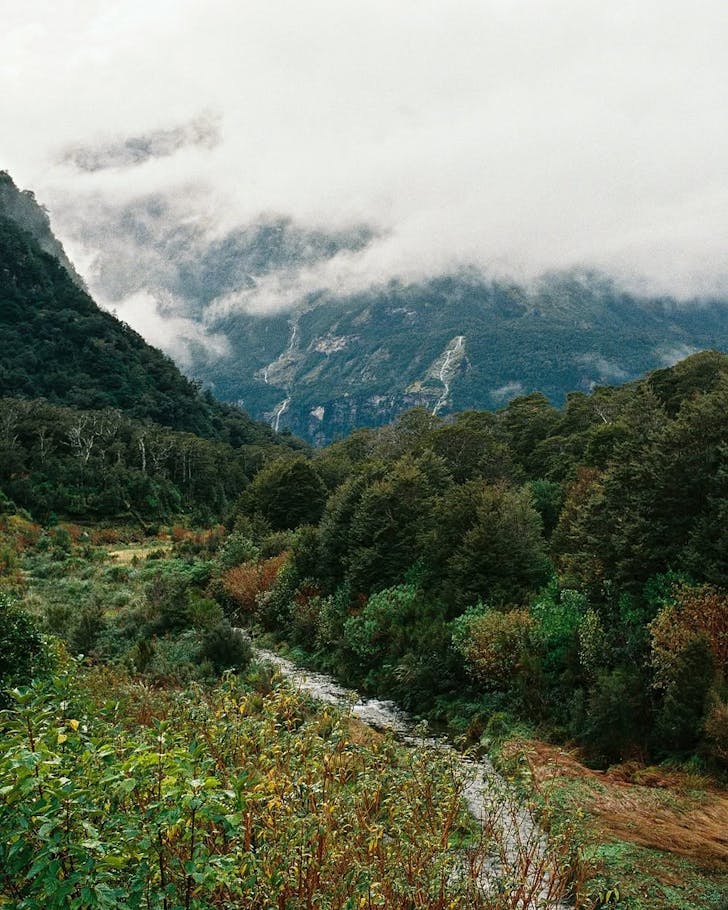
Image credit: Milford Sound Lodge | Instagram
Cooler temperatures and fewer visitors. Misty mornings are common, making it a strong season for photography.
Mini Itinerary:
- Te Anau base → Key Summit hike → late-afternoon boutique cruise.
Winter
June–August
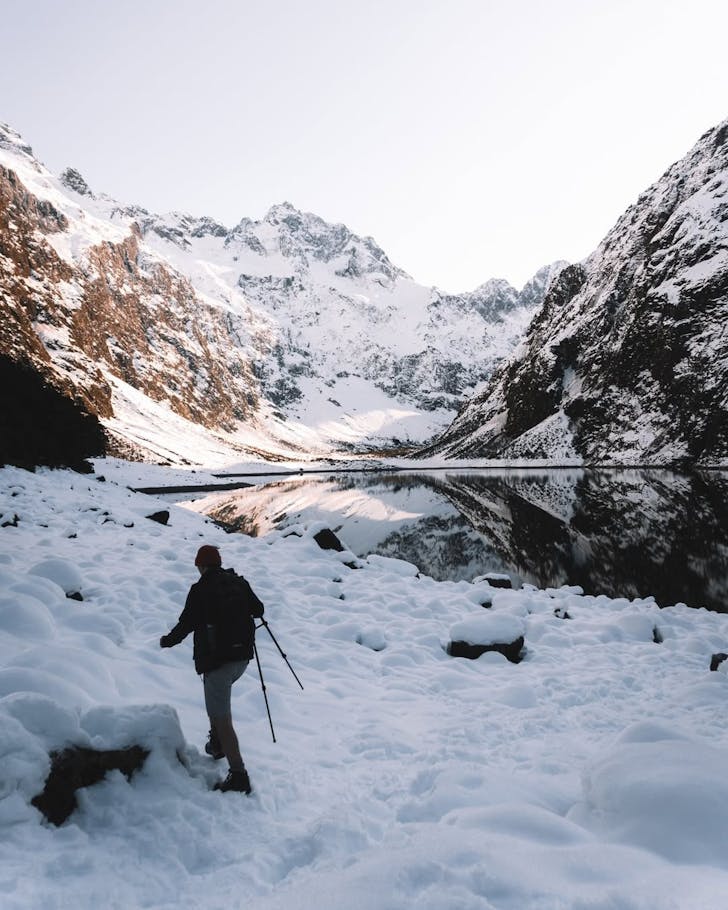
Image credit: Milford Sound Lodge | Instagram
One of the more settled periods for weather, with crisp blue skies and snow on the peaks. Roads can be icy early in the day, so late-morning or midday cruises are ideal.
Mini itinerary:
- Midday cruise after roads thaw → return to Te Anau before dark.
Spring
September–November
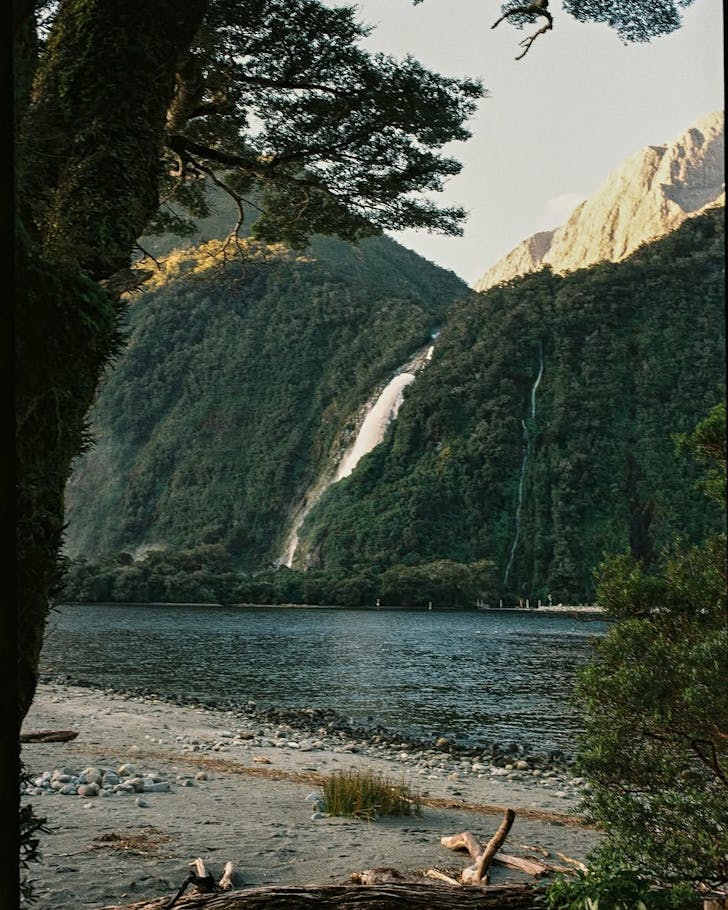
Image credit: Milford Sound Lodge | Instagram
Snowmelt produces some of the most dramatic waterfalls of the year. The forest is lush and weather patterns can shift quickly.
Mini itinerary:
- Early arrival → kayak or nature cruise → waterfall stops along Milford Road.
Insider intel
- Light rain jackets are essential—you’ll need them near waterfalls too.
- Bring a lens cloth if you’re shooting photos; the spray is constant.
- It gets freezing, especially if you want to get close to the falls—so pack appropriately.
Main image credit: Milford Sound Lodge | Instagram


